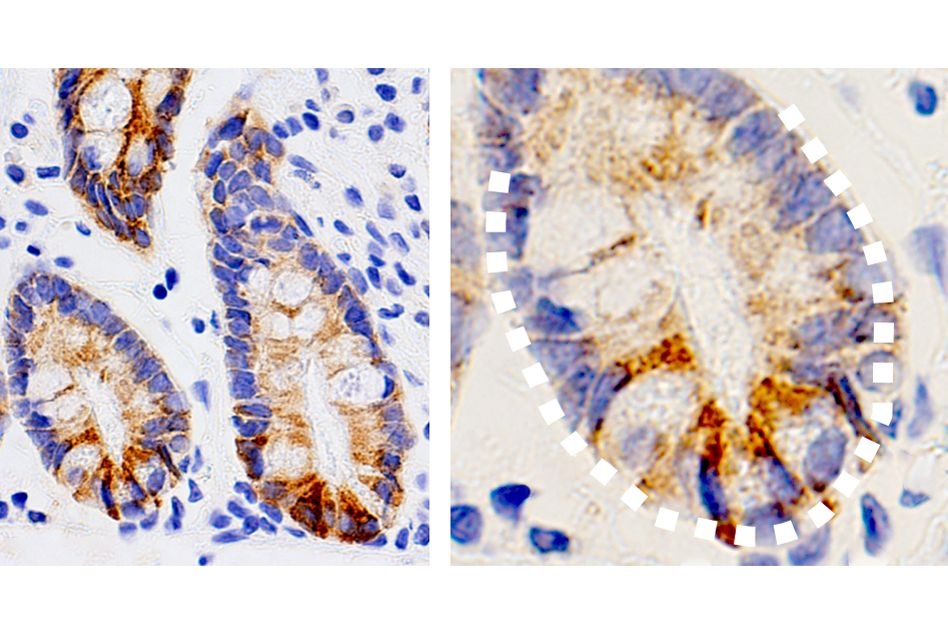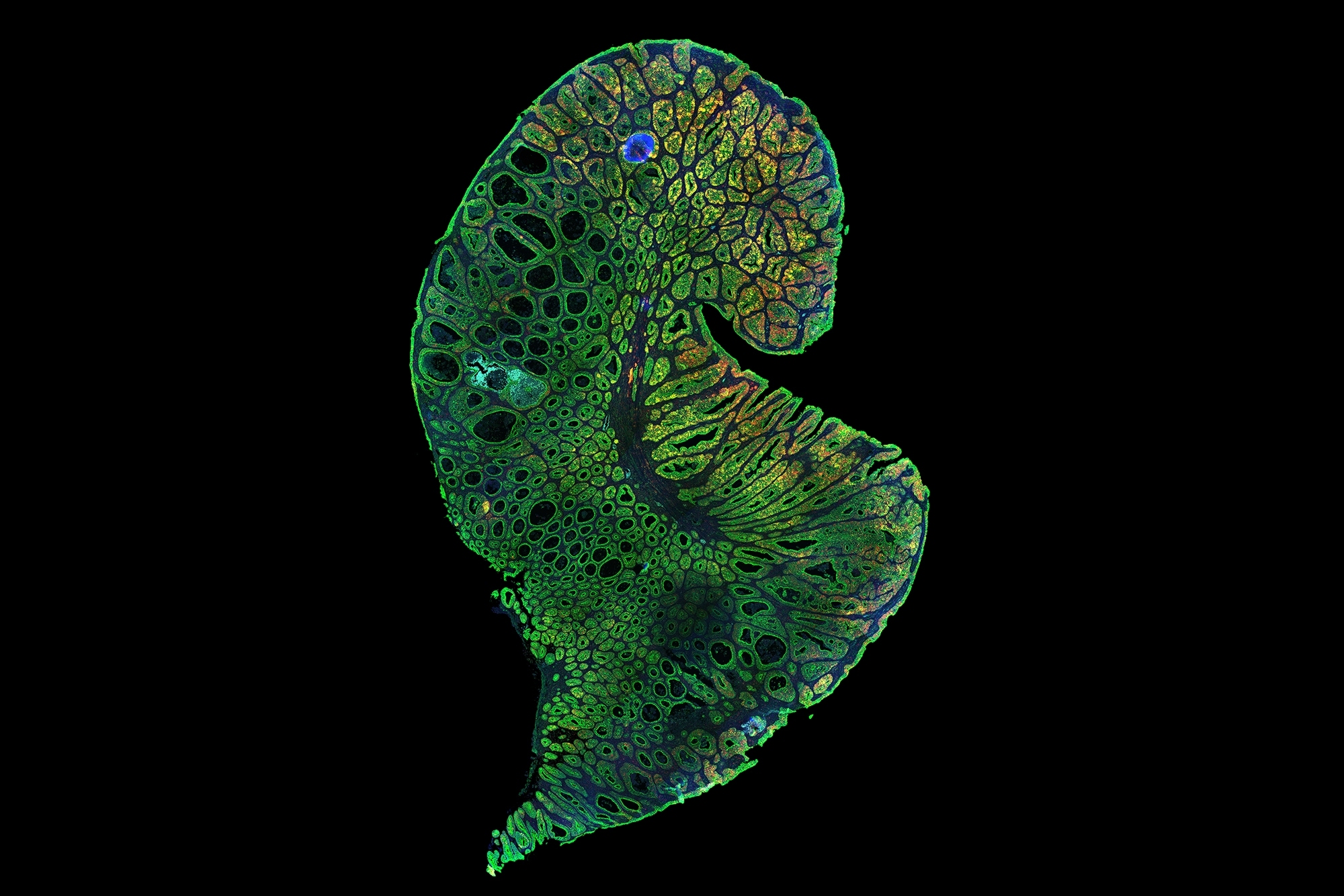Serum electrolyte and metabolic changes during conditioning of autologous hematopoietic stem cell transplantation in patients with autoimmune diseases: A prospective study in a single institution.
Background: A hematopoietic stem cell transplant (HSCT) includes a conditioning regimen which may cause unwanted metabolic changes. Objective: Analyze the changes in electrolytes, glucose, urea and glomerular filtration rate in patients with MS who underwent an autologous HSCT employing the “Mexican method”. Methods: Serum and urinary electrolytes, blood glucose, creatinine, uric acid and estimated glomerular filtration rate (eGFR) were prospectively assessed on days -11, - 9, and 0 in a group of 75 patients with multiple sclerosis (MS) receiving an autologous HSCT employing the “Mexican Method”, which includes high doses of both cyclophosphamide (Cy, 200 mg/Kg) and rituximab (1000 mg). Results: The median age of the patients was 46 years, with a range of 20 to 65. Baseline data were defined at day -11 of the HSCT. There were significant changes in serum and urinary electrolytes, which diminished substantially after the delivery of high-dose Cy. 12 patients (16%) developed hyponatremia
Background: A hematopoietic stem cell transplant (HSCT) includes a conditioning regimen which may cause unwanted metabolic changes. Objective: Analyze the changes in electrolytes, glucose, urea and glomerular filtration rate in patients with MS who underwent an autologous HSCT employing the “Mexican method”. Methods: Serum and urinary electrolytes, blood glucose, creatinine, uric acid and estimated glomerular filtration rate (eGFR) were prospectively assessed on days -11, - 9, and 0 in a group of 75 patients with multiple sclerosis (MS) receiving an autologous HSCT employing the “Mexican Method”, which includes high doses of both cyclophosphamide (Cy, 200 mg/Kg) and rituximab (1000 mg). Results: The median age of the patients was 46 years, with a range of 20 to 65. Baseline data were defined at day -11 of the HSCT. There were significant changes in serum and urinary electrolytes, which diminished substantially after the delivery of high-dose Cy. 12 patients (16%) developed hyponatremia and two had hyponatremiainduced seizures which resulted in hospital admissions. A comparison of baseline blood metabolites with those obtained after the full Cy dosage (day 0), revealed a significant increase in blood glucose and uric acid with an associated decrease in serum calcium, sodium, and potassium. The salient findings were drug-induced hyponatremia and hyperglycemia. Conclusion: Significant changes in serum electrolytes, blood glucose, creatinine, uric acid and estimated glomerular filtration rate (eGFR) were observed in patients given autologous HSCT for MS, employing high-dose Cy. Some of these changes may have clinical consequences, mainly those derived from iatrogenic hyponatremia. No evidence of damage to renal function was observed at day 0.
What's Your Reaction?

















